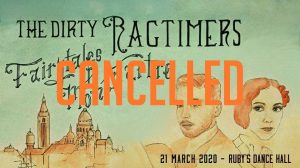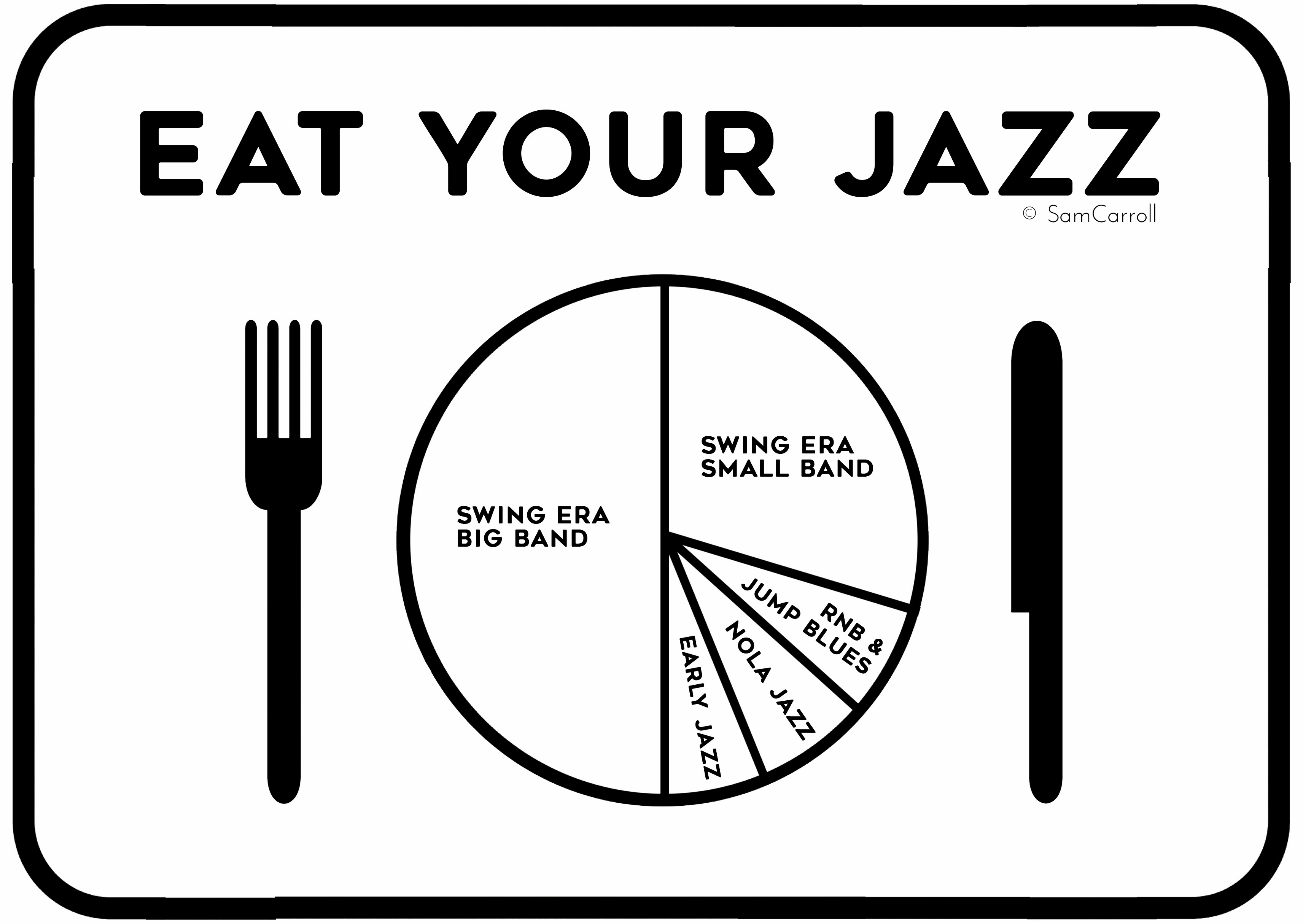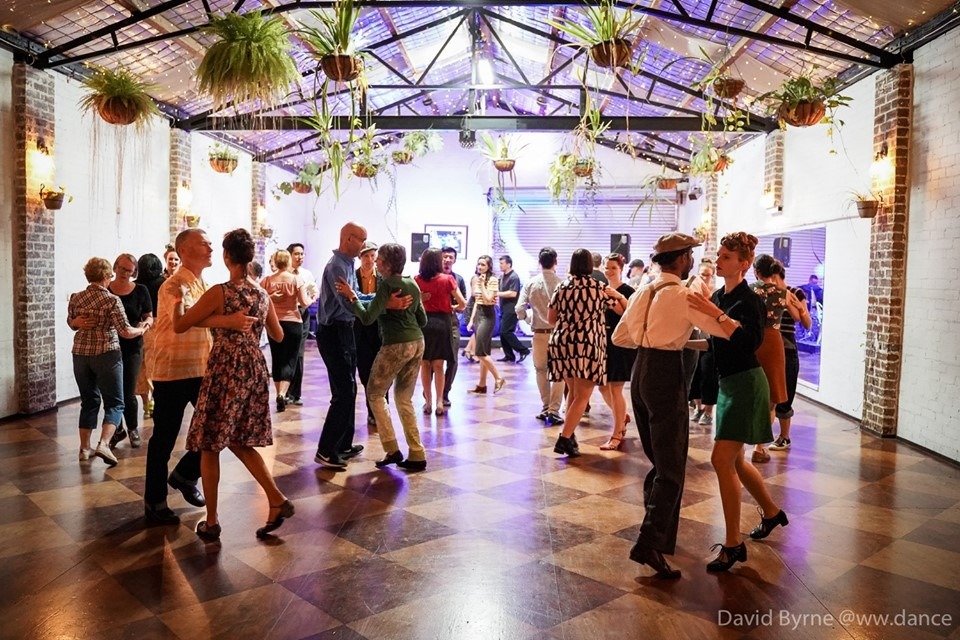How to go about responding to COVID-19 in Australia?
A good starting point would be to collate:
- number of cases per state/australia
- sources for daily updates from gov
- legal recommendations from gov (eg we still allowed gathering in groups atm).
- I do my usual ‘hello, thanks for your email, i will reply by [DATE]’ (usually a week) reply to emails if I don’t have a comment ready.
- I am developing a task calendar of what we’ll do when
- I’m planning out what we’ll say in our public comments, and in our correspondence to various contractors, staff, and volunteers.
Then each organisation should develop a long term plan and a short term. Even if it’s as simple as ‘we won’t close anything now, but we will reassess in (x) days. When we get to (x) we will decide.’ Then make a rough outline of jobs to be done for either closing or not closing.
Another issue: is your insurance up to date, and does it cover loss profits, health care, etc etc?
I’d also have a look at finances: do you have any bills to pay, any money owed to you.
And just go over your refund policies for classes and events and things.
-> basically get your affairs in order, so you can make informed decisions.
I’m getting a few queries about our events this year, so you will soon, too, I guess.
I personally feel I have a responsibility to present and promote a sense of calm capable professionalism, so I’m planning my responses carefully:
Luckily, we have an extensive and useful safe space policy (more than just a code of conduct), and I’m just rolling our hygiene and response-to-pandemic issues into that. We already have a developed tone (a way of speaking to people about this stuff), and we have developed a good sense of mutual trust, so I feel local dancers trust us to make sensible decisions.
I don’t want to create a sense of panic, so I’m being very careful with tone (light, but also knowledgeable), I’m using solid resources (eg WHO, Dept of Health, etc, _not_ newspaper or mass media articles), and I’m planning ahead.
I’m also thinking long term. What will we need to do to redevelop our local scene _after_ this, what will we need to do to support local bands and DJs, and what can we do to support local venues (our scene is rooted in a few key commercial spaces: Ruby’s, a dancer-run dance hall, but also a lot of live music venues).
Afterwards
So I’m looking at what we might need to do to restart local parties, and how we might promote our events in a post-pandemic community where people are afraid of gathering in groups. I’ve learnt a lot from talking to Christchurch organisers about how they dealt with fear after the earthquakes.
This is changing so quickly, and the panicked tone of a lot of online talk from the US and European dance world is making me feel a bit antsy, and I can see it affecting the Australian dancers, too, so I’m also limiting what and how much I read online. Official, reliable sources only for me.
Whatever you plan to do, it’s worth planning those public responses before you have to give them, so you’re not emailing and FB commenting in real time (ie in stress time).
Sharon and I met last Wednesday (9 March) to discuss this issue. We decided to cancel Jazz BANG. We also discussed things we could do to foster the local scene.
Today I put our plan to cancel into motion, sending off emails, etc.
I noticed that some of the content in our email copy had to be rewritten because things had changed so much in the past week. Last week we thought we could continue to run local dances each week. This week we have no classes or parties running in our businesses for the foreseeable future.
To actually put the cancellation into action, we had quite a long to-do list. It’s taken us a week of hard work (including international phone calls with teachers) to get to this point. But so much has changed in a week, we’ve had to rework some of the plans we made a few days ago. And it has been stressful, miserable work. Sending out these emails today has made me cry. And I’m not a big cryer. All our hard work, all the things we had planned, all the new stuff we were going to do.
But then, the thought of contributing to the spread of the disease is what decided us: I can’t bear the thought of making this situation worse. Of sending friends and loved ones home sick, to spread the illness through their own families and communities.
So please start looking at your cancellation plans now. If the international example is anything to go by, we will be locked down for many months. China is still locked down after two months, and their response has been better than Australia’s.
I’m finding this stressful and just heart breaking. All that hard work gone. All those artists out of work. Our businesses imperilled. Please reach out to your friends for a bit of hand holding and affection before you think you need it.





